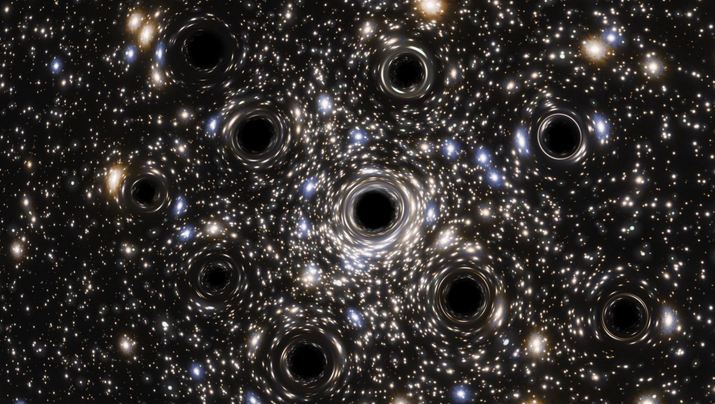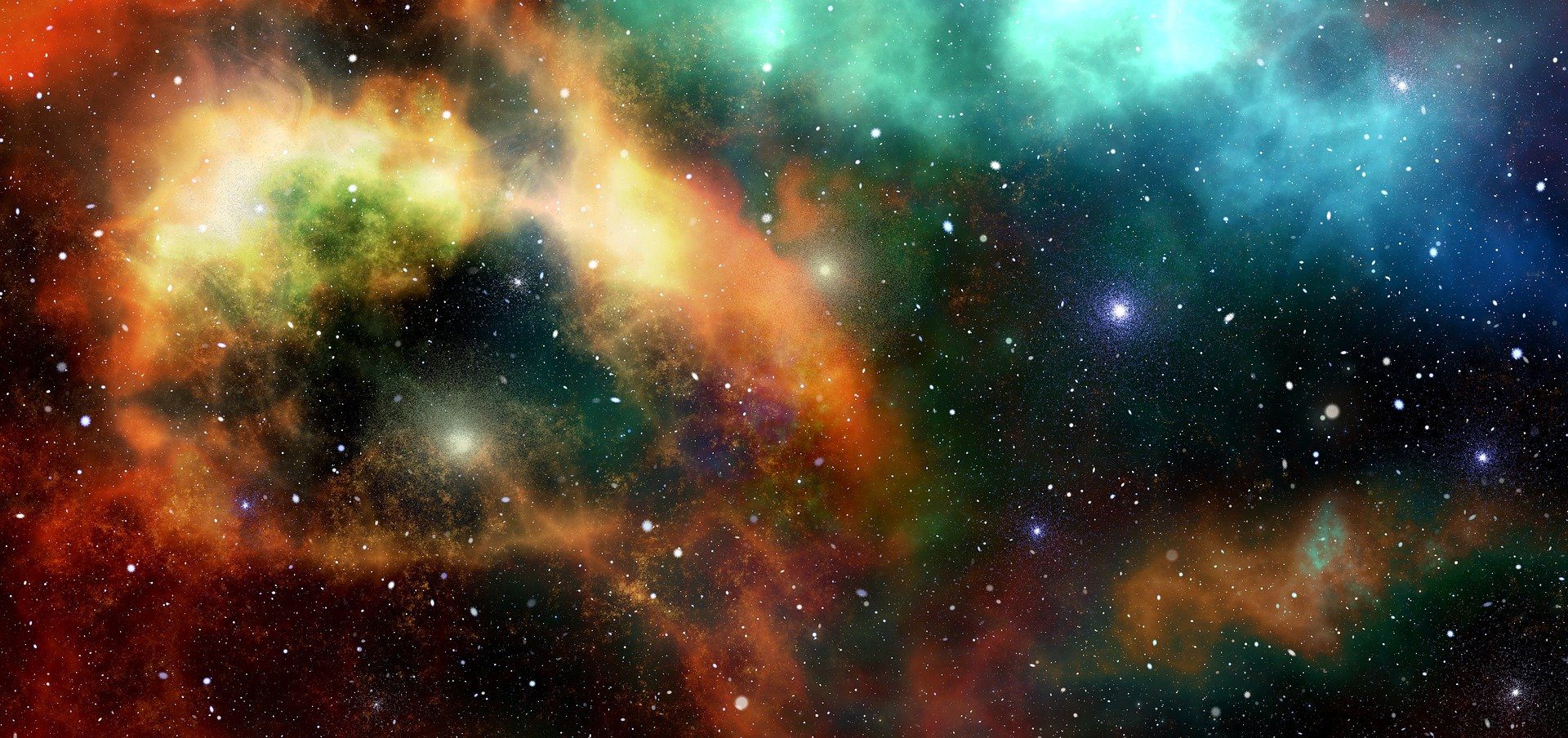You won’t believe what astronomers just found—a black hole from the early universe that’s chowing down on matter like there’s no tomorrow! Imagine someone at an all-you-can-eat buffet devouring 40 times more than the maximum limit. That’s essentially what this cosmic behemoth is doing, and it’s turning the heads of scientists everywhere.
I remember when I first learned about black holes in school—they were these mysterious objects that swallowed everything nearby, no questions asked. But this one? It’s in a league of its own. Discovered just 1.5 billion years after the Big Bang (which, in cosmic terms, is like finding a teenager in a universe full of toddlers), this black hole is defying the very laws of physics—or so we thought.
A team of astronomers led by Hyewon Suh from the International Gemini Observatory stumbled upon this celestial oddity while using the James Webb Space Telescope (JWST). They were sifting through galaxies identified in the Chandra X-ray Observatory’s COSMOS legacy survey—a fancy way of saying they were looking at really old, faraway stuff that’s super bright in X-rays but invisible in other types of light.
One galaxy, charmingly named LID-568, stood out like a sore thumb. It was emitting intense X-rays but was playing hide-and-seek in optical and near-infrared light. Pinpointing its exact location was like finding a needle in a cosmic haystack. So, the team decided to use JWST’s integral field spectrograph on NIRSpec—a tool that can get a spectrum for each pixel in its field of view. Think of it as having a microscope that not only shows you where things are but also tells you what they’re made of.
And boy, did they hit the jackpot! They discovered that LID-568 isn’t just any old galaxy; it has a black hole at its center that’s feasting on matter at a rate 40 times its Eddington limit. For those of us without a Ph.D. in astrophysics, the Eddington limit is the maximum speed at which a black hole can consume matter without blowing itself apart. Exceeding this limit is like driving a car at 400 mph when the speedometer only goes up to 100 mph.
“This black hole is having a feast,” said Julia Scharwächter, an astronomer at the International Gemini Observatory. No kidding! The powerful outflows of gas observed around it suggest that it’s rapidly growing in a single episode of extreme accretion. It’s like a one-time, all-out binge-eating session on a cosmic scale.
What’s even more fascinating is that this discovery could help explain how supermassive black holes formed so quickly in the early universe. Until now, theories about black hole formation—whether they started from the death of the first stars or from collapsing gas clouds—lacked observational evidence. But LID-568 is like the missing puzzle piece we’ve all been searching for.
As someone who’s always been intrigued by the cosmos, this news feels like a plot twist in a sci-fi novel. It’s as if the universe is nudging us and saying, “You think you know me? Think again!” With JWST and other advanced telescopes pushing the boundaries of what’s observable, who knows what other cosmic secrets we’ll uncover?
So next time you gaze up at the night sky, remember that out there, 12 billion light-years away, a black hole is breaking all the rules—and it’s only getting started. Talk about eating like there’s no tomorrow!












Leave a Reply